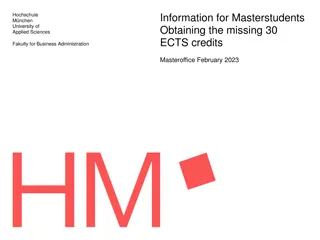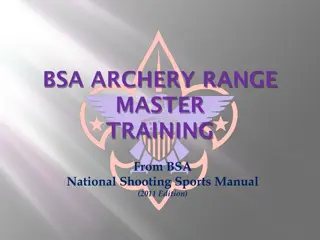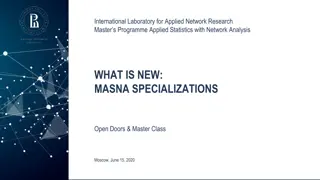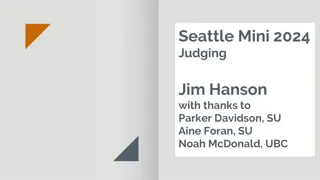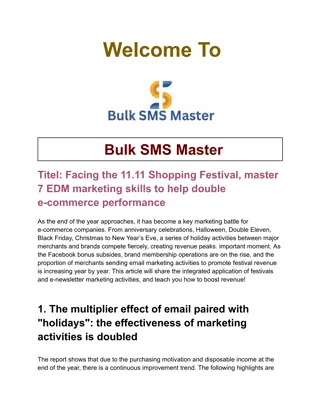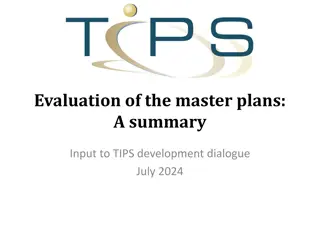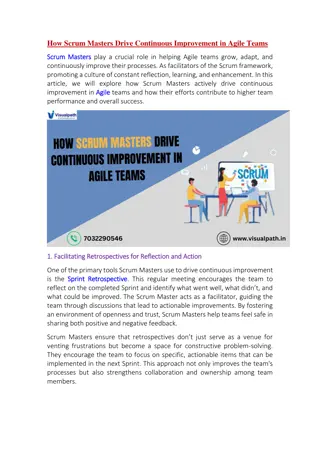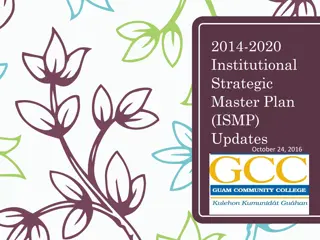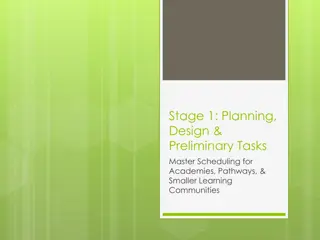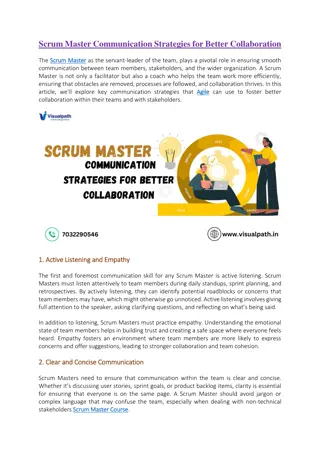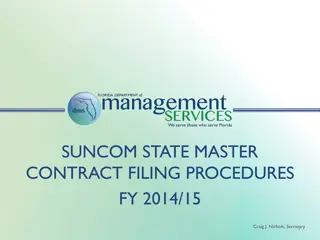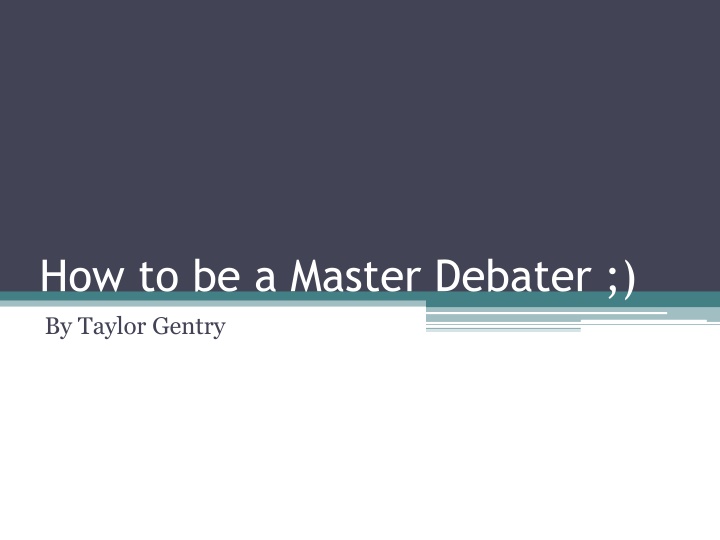
Master Debater Guide: Techniques, Tips, and Strategies for Successful Debating
Master the art of debating with this comprehensive guide that covers the basics of debate, including resolutions, affirmative vs. negative positions, warm-ups, constructive speeches, questions, rebuttal, and competitive debate techniques. Whether you're a beginner or looking to enhance your debating skills, this guide by Taylor Gentry provides valuable insights for becoming a proficient debater.
Download Presentation

Please find below an Image/Link to download the presentation.
The content on the website is provided AS IS for your information and personal use only. It may not be sold, licensed, or shared on other websites without obtaining consent from the author. If you encounter any issues during the download, it is possible that the publisher has removed the file from their server.
You are allowed to download the files provided on this website for personal or commercial use, subject to the condition that they are used lawfully. All files are the property of their respective owners.
The content on the website is provided AS IS for your information and personal use only. It may not be sold, licensed, or shared on other websites without obtaining consent from the author.
E N D
Presentation Transcript
How to be a Master Debater ;) By Taylor Gentry
What is debate? Basically, a debate is an argument between two teams. Typically in a debate you will have a Resolution or topic that you will debate. You will take either Affirmative( ) or Negative( ) position and each side has to present worthwhile evidences( ) to support your viewpoint. You will often be in a position where you will have to argue the opposite( ) of what you believe in.
Resolution It is the topic of Debate and you will make your opinions on it. A past resolution was Resolved: Japanese universities should start their academic year in September. Agree? Disagree?
Affirmative vs Negative You will talk about the Resolution either on Affirmative or Negative side. Judge I agree with resolution because I disagree with the resolution because Affirmative Negative
Warm ups 2 minute Speeches-what is your favorite thing, what did you do this weekend Paper Debate Students in pairs debate by writing 1-2 sentence responses to the others written claim Ping Pong debate Have a few topics in a bucket and then divide the class into Affirmative and Negative Example topics can include cats v. dogs, uniforms v. no uniforms, bento v. school lunch
Constructive speech All students add one piece of evidence for their constructive speech All students write both an affirmative and negative speech
Questions Can you summarize your 1st/2nd/3rd point? Can you explain more? Where did you get your evidence? Also develop some questions about the specific topic
Rebuttal/Refutation Some useful phrases to teach for refutation Not true Not convincing Irrelevant Weak unimportant
Competitive Debate You absolutely need a JTE on board with you!!!! They need to be able to guide practice, corral students, help translate, explain rules etc. Start preparation during summer break Ideally you have 8 students for 2 teams to practice against Brainstorm plan of attack Each student should have at least one piece of evidence by the end of break
Evidence Cards The source The date The evidence in both English and Japanese Print out two of each if you have two teams
Format for Competitive Debate 2014 Affirmative Constructive Speech 4 min A1 Preparation time 1 min (Negative prepares questions) Questions from the Negative 2 min N2/N4 ->A1 Negative Constructive Speech 4 min N1 Preparation time 1 min (Affirmative prepares questions) Questions from the Affirmative 2 min A2/A4 -> N1 Preparation time 2 min (Both teams prepare attack speech)
Attack period Negative Attack 3 min N2 Questions from the Affirmative 2 min A3 -> N2 Affirmative Attack 3 min A2 Questions from the Negative 2 min A2 -> N3 Preparation time 2 min (Both teams prepare defense speech)
Defense and Summary Affirmative Defense 3 min A3 Negative Defense 3 min N3 Preparation time 2 min (both teams prepare Summary, though they should be keeping tabs of the debate all the way through) Affirmative Summary 3 min A1/A4 Negative Summary 3 min N1/N4
Constructive Speech Affirmative team must propose a plan Visual aids can be used but must be read aloud and visible from 8 meters away 2 advantages Status quo- why the present situation, without the proposed plan, is inadequate Effect how the advantage is possible under the plan Importance- how important or valuable the advantage is
Attack Attack the fallacies of the other teams advantages or disadvantages Cannot introduce new disadvantages or advantages Cannot refute the negative attack speech
Defense Should defend against the attacks refutations and reconstruct your own teams points If the opposing team did not attack a point this may be added to emphasize your teams point No new points A comparison can be made
Summary Should summarize the advantages and disadvantages along with the ways they were refuted No new plans! A comparison can be made to say that the importance of one side outweighs the other
The best way to learn is to try it yourself! Lets try classroom debate style! Resolution: The Japanese should abolish katakana




